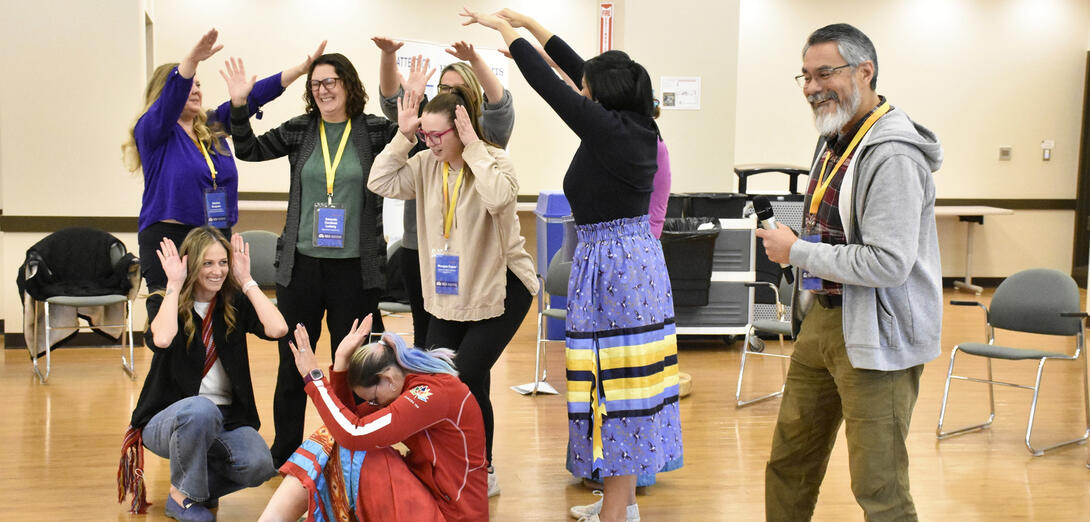“Should schools teach happiness?” What a question! As if teachers are not already doing that between math lessons, lost lunchboxes and the occasional glitter explosion in the art room. But let’s entertain the idea, because believe it or not, happiness is kind of school’s thing.
After moving from a school-based position to the Alberta Teachers’ Association, I noticed a huge shift in my workday. The days were still busy and long, but markedly different. Where were the funny and surprising stories, the childhood disputes that needed a referee, and the sense of accomplishment on my students’ faces when they finally understood a math concept or could answer a question about the book we were reading? Every day in a school I saw growth in children, not just in their academic life, but also in their emotional well-being. And this emerged in between the work of curriculum, assessments and everything else we fit into a school day.
I’m not saying that teachers hand out joy like smelly stickers (though wouldn’t that be nice?). But schools are quietly, consistently shaping children into happier humans. We just don’t always call it that. Rather, we call it “social–emotional learning,” “growth mindset,” or “please-be-nice-to-your-friend lessons”.
Happiness, as the psychologists tell us, isn’t just about giggles and cupcakes. It’s about self-worth, curiosity, resilience and connection. And guess what? That’s the school day in a nutshell. Teachers encourage kids to try, fail, try again and maybe even enjoy the process. Students learn to share, to speak up, to sit still (sometimes) and to find joy in discovering who they are.
Happiness ... It’s about self-worth, curiosity, resilience and connection.
Research backs up the connection between joy and the classroom: happiness grows from five key ingredients: positive emotion, engagement, relationships, meaning and accomplishment. Sound familiar? That’s Tuesday in a third-grade classroom.
We give kids creative outlets (hello, macaroni art), opportunities to collaborate (group projects, anyone?), and the space to feel all their feelings—even the messy ones. We help them delay gratification, and we celebrate their wins, big and small.
Sure, schools can’t fix every challenge. Some kids face mountains we can’t move. But we can be the steady ground beneath their feet. A kind word, a safe space, a teacher who sees them—these things matter. They build the foundation for a life that feels meaningful and, yes, happy.
So, should schools teach happiness? We already do. Not with worksheets or tests, but with every moment we show up, care and believe in our students. And if that’s not the secret to happiness, I don’t know what is.
Now, please excuse me while I get to some work that makes me happy: communications.
I welcome your comments. Contact me at kristine.wilkinson@ata.ab.ca.

ATA News, Editor-in-Chief


